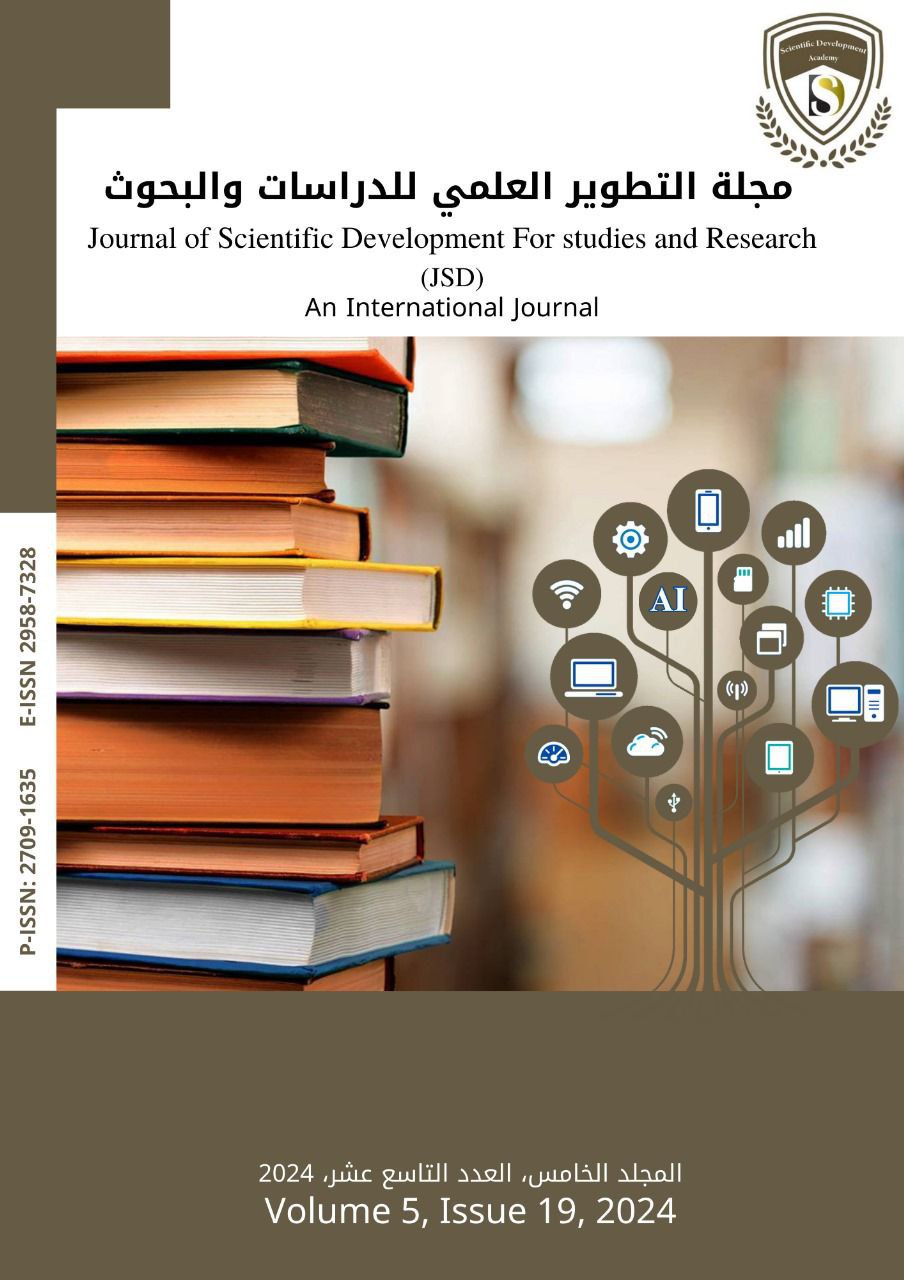Translation into Arabic A study of the negatives and positives
DOI:
https://doi.org/10.61212/jsd/245Keywords:
: translation, the Arabic language, the modern Arab renaissance, the challenges of translation, Arabization, Pros and cons.Abstract
The research aims to shed light on the importance of translation in the Arab Renaissance and its development of the Arabic language in the modern era. Translation is considered one of the most important factors of the modern Arab Renaissance, which began at the beginning of the nineteenth century. The translation movement expanded in Egypt and the Levant in the late nineteenth century, to the point of Some historians believe that it was more active than the translation movement in those countries today. Translation contributed to the development of the Arabic language, as it enabled it to introduce modern terminology and the emergence of new literary genres in Arabic literature, etc..
Through the descriptive and analytical approach followed in the study, I concluded that the impact of translation on the Arabic language has two aspects: one positive and the other negative: the positive impact is represented by enriching Arabic with thousands of vocabulary in science, technology and arts through Arabization, and with very large numbers of vocabulary and expressions through translation, but translation began to negatively affect the nature of the Arabic language in terms of structure, derivation, and incision of new words.
The importance of the research is due to mentioning the virtue of translation in enriching the Arabic language in various fields, studying the positives and negatives related to translation into the Arabic language, and clarifying the obstacles that stand before the translator during the translation process and how to deal with them.
Downloads
Published
Issue
Section
License
Copyright (c) 2024 Journal of Scientific Development for Studies and Research (JSD)

This work is licensed under a Creative Commons Attribution 4.0 International License.



























